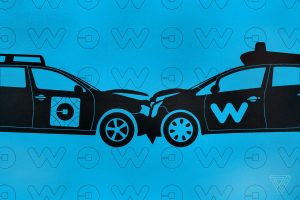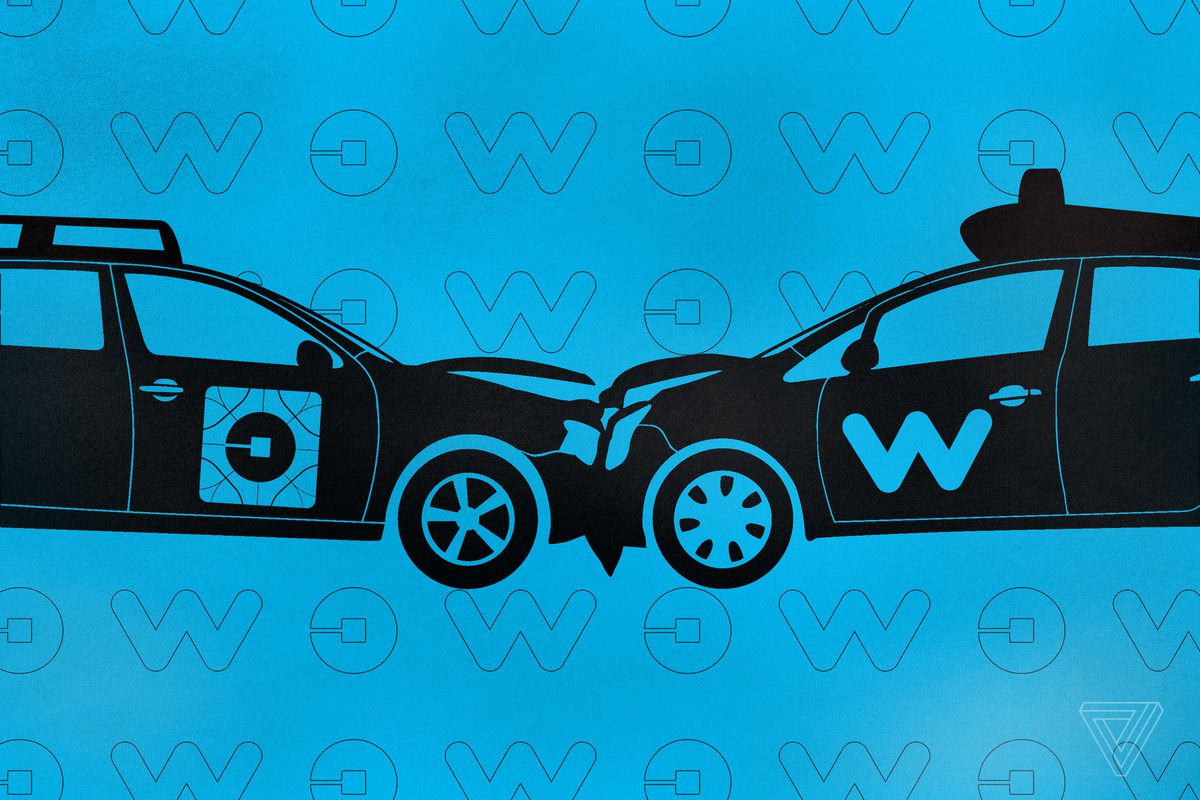By: Melisa Azak

Self-driving cars are predicted to usher in a new era of vehicles free from the perils of human error. Some of the top companies in the autonomous vehicles field, like Waymo, a subsidiary of its ubiquitous parent company, Alphabetic, Inc., have deployed commercial self-driving services in select cities across the country.[1] Waymo’s main mission is to make roads safer by removing human error from the equation, a fact clearly presented on the first page of their lengthy testing report released in 2019.[2] Public officials appear to be convinced by Waymo’s claims. In March, the National Highway Traffic Safety Administration proposed changes to its vehicle safety rules to facilitate the increasing use of self-driving cars across the nation.[3]
Although autonomous vehicles may make roads safer, will they lead to a decrease in accidents? And in turn, will that lead to fewer lawsuits involving those accidents? A closer look at the state of the autonomous vehicles industry indicates that while accidents caused by human error may decrease, the new era of fully automatic vehicles may herald increases in product liability litigation and potentially complicated issues in electronic discovery.
Self-driving cars are traditionally thought of as the Teslas and Ubers of the world that operate completely without human interference. The perception that self-driving cars are fully autonomous is hardly surprising given that CEOs like Elon Musk often make bold predictions in bids to get consumers and investors on board. Musk was criticized for saying “full self-driving capability is there” in Tesla’s new Navigate on Autopilot feature, but subsequently yanking the “full self-driving option” from Tesla’s website, claiming it was confusing consumers.[4]
Although no cars currently on the road are fully autonomous, most partially autonomous technologies have been in cars for years. The first autonomous vehicle technologies were introduced in 2006, with features like adaptive cruise control and parallel-park assist.[5] Features previously out-of-reach for the average consumer, like driverless parking, are now available in the new lines of family-friendly brands like Toyota.[6] So many features fall under the umbrella category of autonomous vehicles that the Society of Automotive Engineers categorizes driving features by the amount of human assistance necessary for operation into levels 0-6, ranging from simple driver support features like blind spot warnings (level 0) to fully autonomous vehicles in which a vehicle can drive without any assistance in all conditions (level 6).[7]
Given all the features that fall under the category of self-driving vehicles, self-driving cars may increase product liability suits as traditional cars leave the roads, and autonomous vehicles with various automation features and products replace them. Although accidents involving human error will decrease as cars operated traditionally by humans leave the roads, personal injury suits involving drivers or insurance companies will transmute into suits concerning the safety and adaptability of certain technologies.[8] Further, it seems more and more likely that ride-sharing apps like Uber and Lyft will use fleets of self-driving cars in the future, presenting questions of who takes the blame when a car inevitably hits a pedestrian or injures a passenger.[9]
Self-driving cars may also complicate the discovery process. The technology in most autonomous vehicles operate by gathering information about the car’s surroundings, evaluating that information and the risks involved, and planning decisions based on that information with or without a driver’s input.[10] More products within cars will store electronic information, which may lead to increased complexities about how to obtain information from those sources.[11]
Although the societal benefits of self-driving cars are noteworthy, the technologies overall may make consumers’ lives, and in turn their lawsuits, more complex overall. Will the trade-off be worth it? Only time will tell.
[1] Andrew J. Hawkins, Waymo launches iOS app as it reflects on first year of its robot taxi service, TheVerge.com, Dec. 5, 2019, https://www.theverge.com/2019/12/5/20995334/waymo-ride-hail-app-ios-apple-self-driving-car-robot-taxi-service-phoenix-arizona; Rob Verger, Where to find self-driving cars on the road right now, Popular Science, Dec. 11, 2018, https://www.popsci.com/self-driving-cars-cities-usa/.
[2] Waymo, Waymo Safety Report: On the Road to Fully Self-Driving, https://storage.googleapis.com/sdc-prod/v1/safety-report/Safety%20Report%202018.pdf (last visited Sep. 4, 2020).
[3] Aarian Marshall, New Rules Could Finally Clear the Way for Self-Driving Cars, Wired.com, Mar. 26, 2020, https://www.wired.com/story/news-rules-clear-way-self-driving-cars/.
[4] Andrew J. Hawkins, No, Elon, the Navigate on Autopilot feature is not ‘full self-driving’, TheVerge.com, Jan. 30, 2019, https://www.theverge.com/2019/1/30/18204427/tesla-autopilot-elon-musk-full-self-driving-confusion.
[5] Xavier Mosquet et al., Revolution in the Driver’s Seat: The Road to Autonomous Vehicles, Boston Consulting Group, Apr. 11, 2015, https://www.bcg.com/publications/2015/automotive-consumer-insight-revolution-drivers-seat-road-autonomous-vehicles.
[6] Fernelius Toyota, How to Use Intelligent Park Assist, FerneliusToyota.net, Jan. 11, 2019, https://www.ferneliustoyota.net/how-to-use-toyota-intelligent-park-assist/#:~:text=For%20Toyota%20vehicles%2C%20this%20features,come%20with%20parking%20assist%20sensors.
[7] Jennifer Shuttleworth, SAE Standards News: J3016 automated-driving graphic update, Society of Automotive Engineers International, Jan. 7, 2019, https://www.sae.org/news/2019/01/sae-updates-j3016-automated-driving-graphic.
[8] Tiffany Y. Gruenberg, Self-Driving Cars Will Likely Increase Product Liability Litigation, 9 Nat’l L. Rev., no. 22, Jan. 22, 2019, https://www.natlawreview.com/article/self-driving-cars-will-likely-increase-product-liability-litigation.
[9] Id.
[10] Jim Gill, How 3 Cases Involving Self-Driving Cars Highlight eDiscovery and the IoT, iprotech.com, Aug. 29, 2019, https://iprotech.com/industrynews/how-3-cases-involving-self-driving-cars-highlight-ediscovery-and-the-iot/.
[11] Id.
Image Source: https://cdn.vox-cdn.com/thumbor/anf7oVDiE-yVYa9ODsHYlMmf_Ps=/0x0:3000×2000/1200×800/filters:focal(1260×760:1740×1240)/cdn.vox-cdn.com/uploads/chorus_image/image/65650157/acastro_180205_1777_0003.0.jpg
